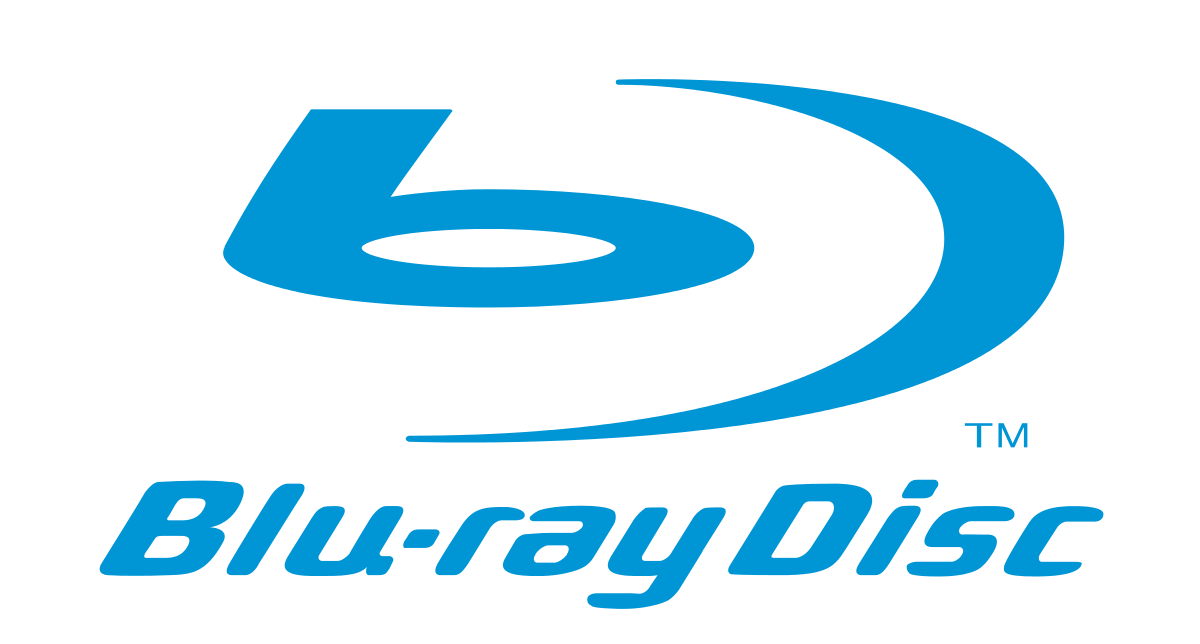It's taken me a while to figure out and get clarity on this and the issue has been in Vouk "forever". Only Pegasys TMPGEnc Smart Render actually complains but since I use this tool all the time for render-less quick edits of an encoded stream, it's a problem.
TMPGEnc has a "smart render" feature, i.e. if the tool sees edits on i-frame boundaries, it does a lossless edit. BUT for H.264 video produced by Premiere plug (NVENC or ffmpeg/x264), where the first video frame is used, it always does a re-render. The issue appears to be that the framing sequence is "I-I- ... and then regular B and P". If that first frame is removed, all works fine. I don't understand why it always seems to want to start with I-I, but other tools don't do that - std IBBP ... etc. The response from Pegasys as to why it reencodes is:
"The reason of smart rendering of your source file "Sequence 1080p 29.97.mp4"
is time stamp information. Your file should have to start from Frame
no.1 not 0. The first frame is added and it is a copy of the first frame
of the video. If you cut the first frame in Cut edit screen, the file
won't be re-encoded. You can check again in the Smart rendering analyzer."
Be great if this could be fixed/changed.

